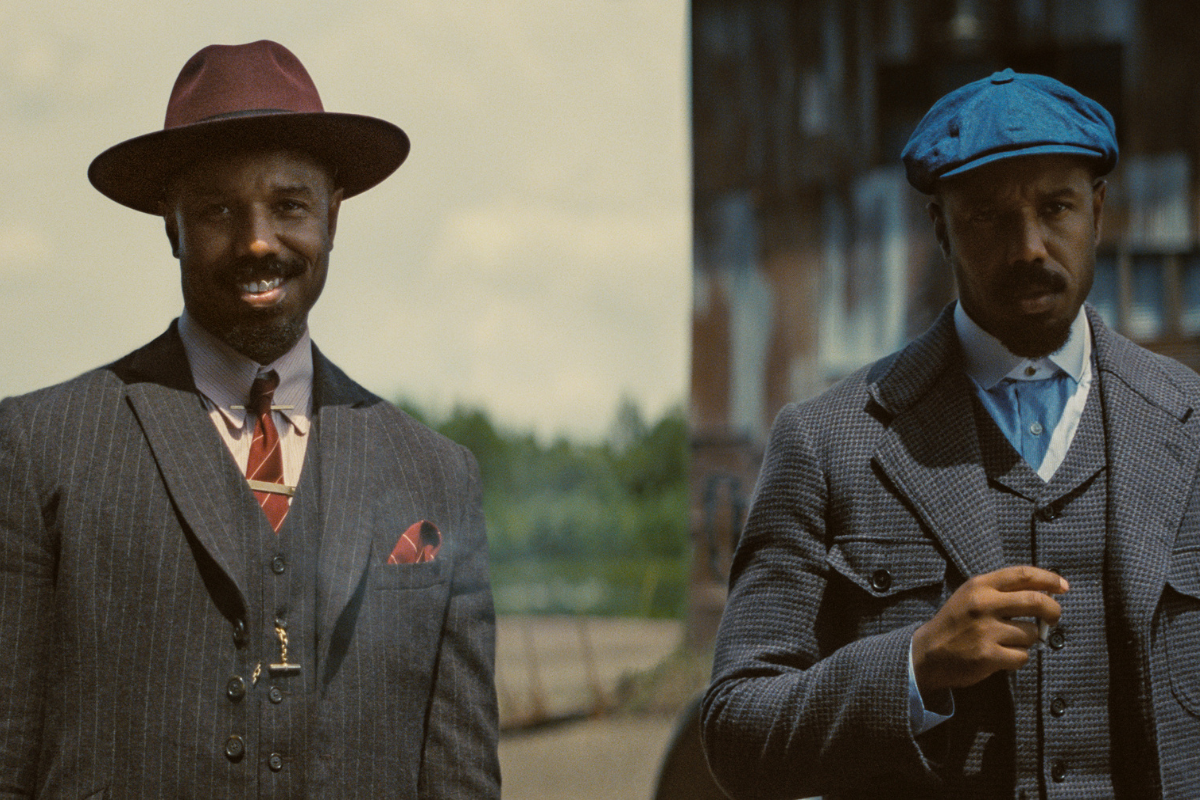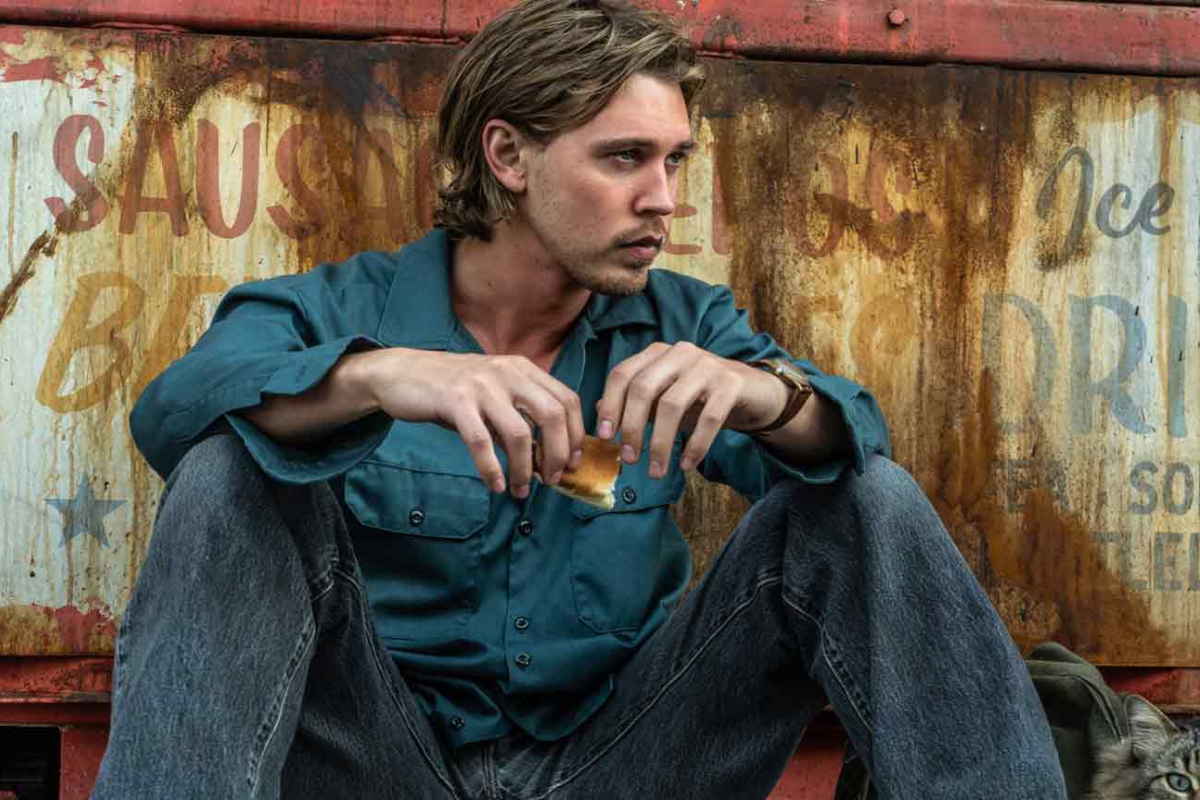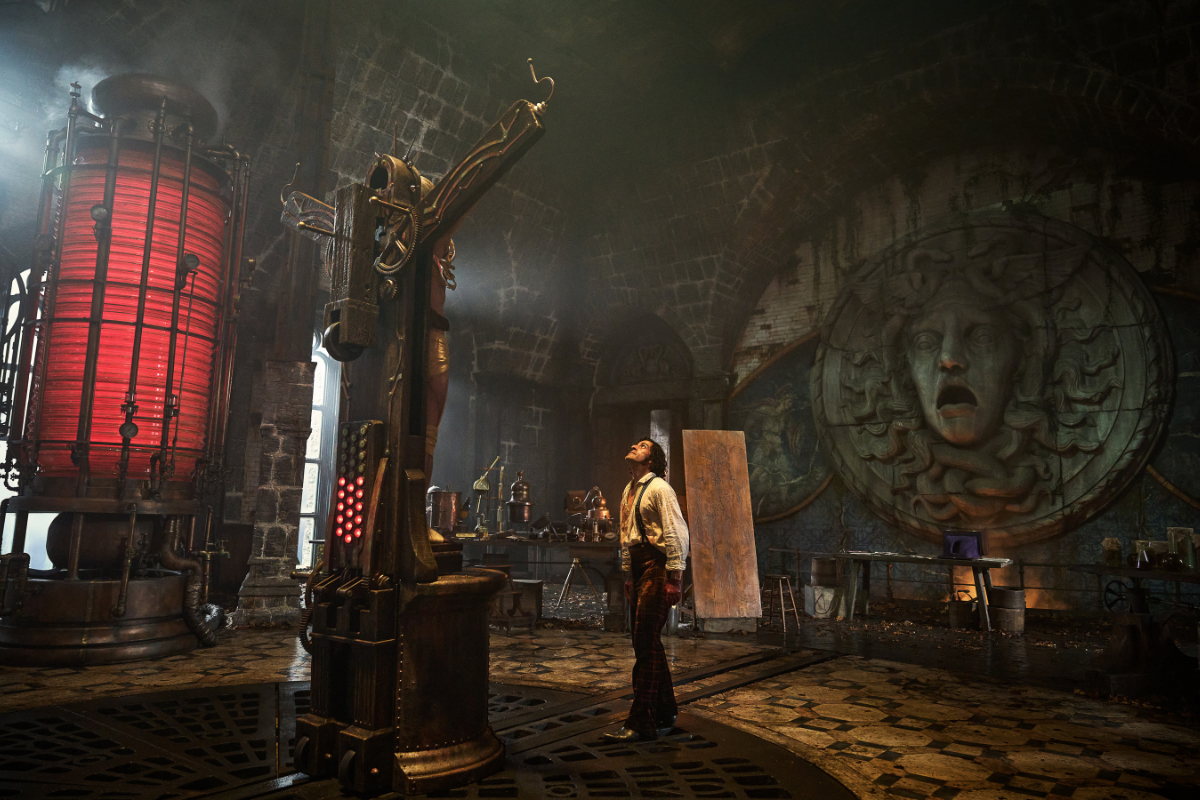From Page to Screen—’A Wrinkle in Time’
Joy Cheriel Brown compares the adaption of the Disney film ‘A Wrinkle in Time’ to its source children’s novel, exploring which liberties the screenwriters took and left behind in adapting the novel to screen.
I remember browsing the bookstore a few years ago and noticing that there were new book covers for A Wrinkle in Time because Disney was making a film adaptation. I was excited because I had heard of the book but didn’t know much about it because I hadn’t read it as a kid. Instead of eagerly purchasing a copy of the book, I waited to see the movie first. My policy is to never read the book of a film adaptation beforehand so that I won’t be disappointed by the movie. Most people generally like the book better, of course. I believe it’s because you can go into far more detail with a book. So I’m going to discuss what I think the overall story of “A Wrinkle in Time” is about, and then I will tell you what my thoughts were from seeing the movie first (I eventually did read the book). Lastly, I will discuss what they did differently from the book and why I believe that so many didn’t like the adaptation.
What A Wrinkle in Time is About
There’s a part in the movie and in the book, where the kids get to Camazotz and everyone is exactly the same, making the same movements and actions with no individuality. It’s supposed to be a metaphor expressing an ode to each our own uniqueness. Society is set up in a way that we don’t recognize our own individual power. It is set up in a way that we are always looking for something outside ourselves to give us answers. This comes from such established institutions as religion, education, and media. When we write stories, we have an opportunity to remind people that the answers they seek are within.
This is definitely the theme in A Wrinkle in Time. In the book, Meg thinks that everything will be fine and go back to normal as long as they can find their father. But when they do, Meg quickly discovers that her father is just as clueless as they are. Overall, the book and the movie are both a coming-of-age story about finding the power within yourself to make a difference. However, the movie doesn’t focus on Meg’s realization that her father is just as helpless as she but focuses more on her developing positive self-esteem and self-image.
My Thoughts On A Wrinkle in Time After Seeing the Film, But Before Reading the Book
I am going to evaluate the movie first solely based on its merits as a film, as if the book didn’t exist. Right at the end of Act I, before the children and Mrs. Which (Oprah), Mrs. Whatsit (Reese Witherspoon), and Mrs. Who (Mindy Kaling) tesser for the first time, Mrs. Which says, “You just have to find the right frequency and have faith in who you are.” This idea goes along perfectly with the New Age Movement and being able to get what you want out of life when you’re on the right frequency.
Meg says she doesn’t see anything when she tessers and Mrs. Which tells her that she won’t until she becomes one with the universe and herself.
The movie has good pacing— the adventure, the quiet moments, the humorous moments, and each in the right amount.
When the Happy Medium gives Meg a pep talk, he says, “You can do this. You’re choosing not to.” This goes with the truth that many people are aware of— that we each have more power over our own lives than some people will sadly ever know, which, when unrealized, results in a painful life where the person feels like everything just happens to them and they have no control over any of it.
This movie is SO well cast. In the next section, I will discuss why I think some of the changes were made from the book because of casting.
In the movie, Meg figures out an equation to get her to where her father is rather than Charles Wallace, who does so in the book. This was a necessary change since Meg is the hero and this is her journey.
Meg and Charles’ father tries to tesser them out of Camzotz while Meg wants to save Charles Wallace, but instead, Meg ends up inside of IT (the darkest mind in the universe). In the book, they go to the planet with Beasts before they go back to save Charles Wallace. This is all cut out of the movie because it’s more important that the movie ends when they find their father because that was the tangible outer goal; once that happens, the story is essentially over. To include everything that happens in the book would be anticlimactic.
There’s so much more in the book about how Meg is disappointed by her father and has to save them all herself. I actually do prefer that aspect of the book over the movie. But overall, I felt like the movie was perfect. And I thought that it was even better the second time I saw it.
Why Audiences Didn’t Like the Adaptation
Now with all that I have mentioned before, you can see why I like the movie as it is when it stands alone as a film if there were no source material that it was based on. However, with that being said, I have to point out that they changed pretty much EVERYTHING about the movie. There were very core aspects of the story that stayed the same—such as the names of the characters and their character functions, and the name of the planets. But there was so much else that was changed.
The original story takes place in 1962, and during that time period, it was much more salacious if a father left his family. Nearly the whole first act was recreated on its own accord and took very little from the source material—from the fact that Charles Wallace is adopted to the fact that Meg’s other siblings are completely eliminated from the story to the Happy Medium being changed from a female character to a male. I believe that the story was changed to Charles Wallace being adopted so as to cast the perfect child actor for the role without regard to the race of the actor. Furthermore, the details of Meg’s day-to-day life were also made up. My opinion is that this was done to bring the story into the 21st century.
The other major difference was in Act II. The children do not find the man with the red eyes at the federal building; they find him at the beach. I think that this was done simply to make the scene and sequence more visual. Also, that scene in the book is extremely verbose and could become very tedious for a children’s movie.
What You Can Learn From This Adaptation
I have written about the adaptation of several books to films in this series. What becomes apparent over and over again is that if you want the public to like your adaptation, you have to stay as faithful to the source material as you possibly can. Personally, I loved the movie and I don’t have a problem with the changes because I feel like they stayed true to the theme of the book. But that alone rarely makes an audience of loyal fans happy.
Learn more about writing adaptations here.
Beyond writing and producing original works—like the short, N.O.S. (now available on Amazon Prime)— for her production company, Third Person Omniscient Productions, Joy Cheriel Brown has also served as a screenwriting mentor for the DC Shorts Filmmaking Mentor Series and as a panelist for the screenwriting panel at the Prince George’s Arts and Humanities Council’s Festival of Literary Arts. In addition to writing for Script Magazine, she also writes for other media outlets. She is also the author of The Secret of Life Through Screenwriting: How To Use the Law of Attraction to Structure Your Screenplay, Create Characters, and Find Meaning in Your Script You can follow her on Twitter and Instagram @JoyCheriel.







